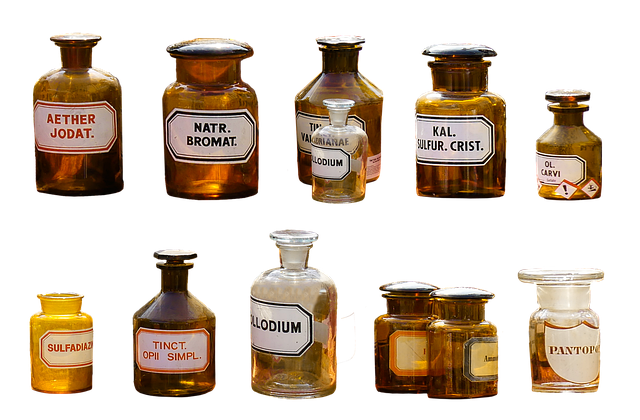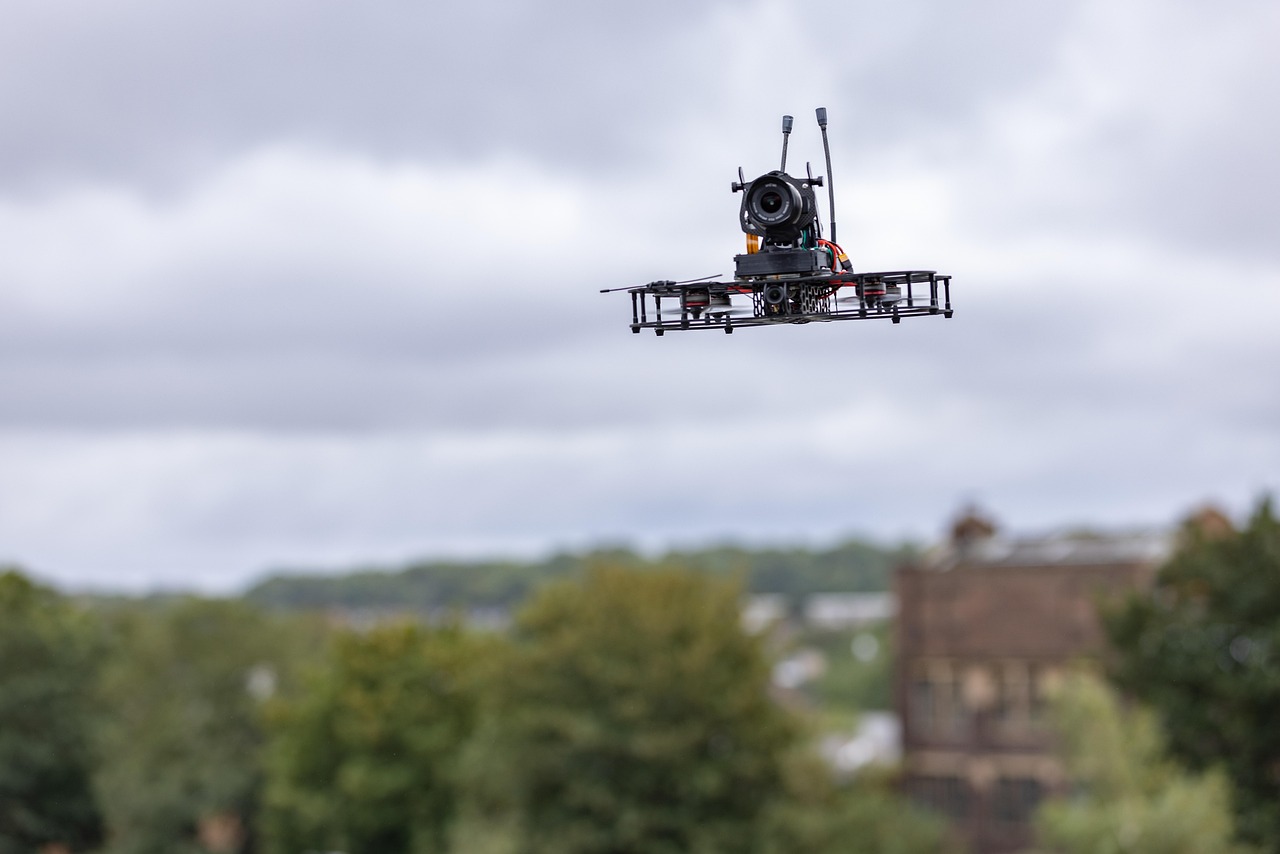
Therapeutic Developments For Duchenne Muscular Dystrophy
Introduction
Duchenne muscular dystrophy (DMD) is a severe genetic disorder characterized by progressive muscle degeneration and weakness. This condition primarily affects boys and is caused by mutations in the dystrophin gene, leading to the absence of the dystrophin protein, which is crucial for muscle cell integrity. Despite advancements in patient care and disease management that have contributed to improved quality of life, current treatments remain unable to halt the relentless progression of muscle loss and associated complications. This article aims to explore the latest therapeutic developments in the field of DMD, focusing on innovative approaches that are currently in clinical trials or have received approval.
Understanding DMD and Its Challenges
The absence of functional dystrophin results in the vulnerability of muscle fibers to damage during contraction. Over time, this leads to the replacement of muscle tissue with fibrous and fatty tissue, severely impairing mobility and overall function. Patients with DMD often face significant challenges, including respiratory and cardiac complications, which can lead to premature mortality. As such, there is an urgent need for effective therapies that can address the underlying causes of the disease.
Current Therapeutic Approaches
Research into DMD therapies has evolved significantly over the past few decades. Various strategies have been developed, each targeting different aspects of the disease mechanism. The following are some of the most promising therapeutic approaches:
- Gene Addition: This approach involves delivering a copy of the dystrophin gene to muscle cells, enabling the production of a functional dystrophin protein. While this method shows promise, challenges remain in ensuring efficient delivery and expression of the gene.
- Exon Skipping: This technique aims to skip over faulty parts of the dystrophin gene, allowing for the production of a shorter but functional version of the dystrophin protein. Clinical trials have demonstrated the potential of this approach to improve muscle function.
- Stop Codon Readthrough: Some mutations introduce premature stop codons in the dystrophin gene, halting protein production. Stop codon readthrough therapies utilize compounds that encourage the ribosome to bypass these stop signals, enabling the synthesis of a functional dystrophin protein.
- Genome Editing: Techniques such as CRISPR/Cas9 offer the potential to directly correct mutations in the dystrophin gene. This innovative approach holds promise for providing a long-term solution to the genetic basis of DMD.
Recent Advances in Clinical Trials
Several therapies targeting DMD are currently undergoing clinical trials, reflecting the dynamic nature of research in this field. Notably, some therapies have progressed to advanced stages, with promising results:
- Ataluren: This drug is designed for patients with nonsense mutations in the dystrophin gene. Clinical trials have shown that Ataluren can improve walking ability and overall function in some patients.
- Exondys 51: Approved by the FDA, this exon-skipping therapy targets exon 51 of the dystrophin gene. While its efficacy has been debated, it represents a significant step forward in the development of targeted therapies.
- SRP-9001: This gene therapy aims to deliver a micro-dystrophin to muscle cells. Early trials have indicated improvements in muscle function and strength, making it a promising candidate for future treatment.
- Viltolarsen: Another exon-skipping therapy, Viltolarsen has shown positive results in clinical trials, demonstrating its potential to enhance dystrophin production and improve muscle function.
Future Directions and Considerations
While the landscape of DMD therapies is evolving, several considerations must be addressed to optimize patient outcomes. These include:
- Long-term Efficacy: As new therapies emerge, it is crucial to evaluate their long-term effects on muscle function and overall health. Ongoing studies will help determine the sustainability of improvements.
- Access and Affordability: Ensuring that patients have access to these innovative therapies is essential. Discussions surrounding pricing, insurance coverage, and equitable distribution will play a significant role in the future of DMD treatment.
- Patient-Centric Approaches: Involving patients and their families in the decision-making process regarding treatment options is vital. Their insights can guide research priorities and improve the relevance of clinical trials.
- Collaboration Across Disciplines: Continued collaboration among researchers, clinicians, and advocacy groups will be essential in driving forward the development of effective therapies for DMD.
Conclusion
The journey toward effective treatments for Duchenne muscular dystrophy is marked by both challenges and remarkable advancements. As research continues to unveil new therapeutic strategies, there is hope for improved outcomes for individuals affected by this devastating condition. The ongoing commitment to understanding and addressing the complexities of DMD will pave the way for a future where effective therapies are accessible, ultimately enhancing the quality of life for patients and their families.
















 The Social Interaction Anxiety Scale (SIAS)
The Social Interaction Anxiety Scale (SIAS) 
 Health
Health  Fitness
Fitness  Lifestyle
Lifestyle  Tech
Tech  Travel
Travel  Food
Food  Education
Education  Parenting
Parenting  Career & Work
Career & Work  Hobbies
Hobbies  Wellness
Wellness  Beauty
Beauty  Cars
Cars  Art
Art  Science
Science  Culture
Culture  Books
Books  Music
Music  Movies
Movies  Gaming
Gaming  Sports
Sports  Nature
Nature  Home & Garden
Home & Garden  Business & Finance
Business & Finance  Relationships
Relationships  Pets
Pets  Shopping
Shopping  Mindset & Inspiration
Mindset & Inspiration  Environment
Environment  Gadgets
Gadgets  Politics
Politics 